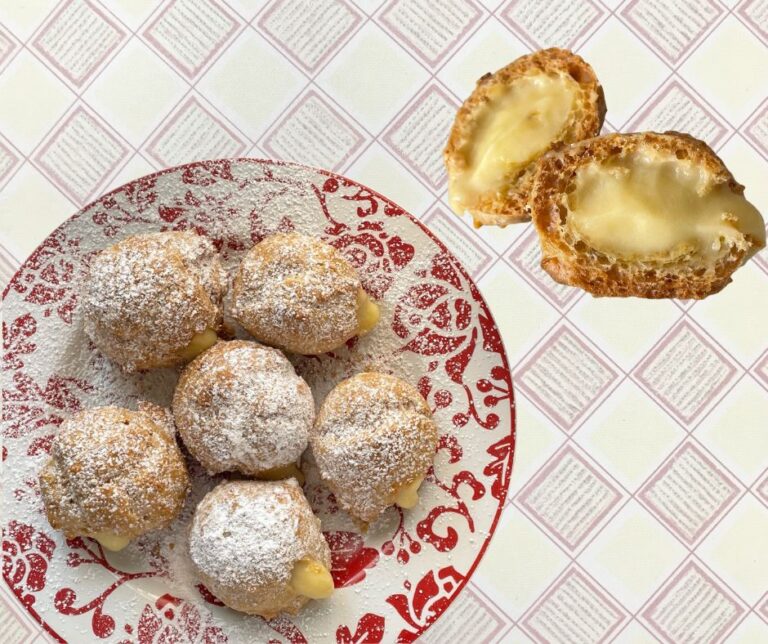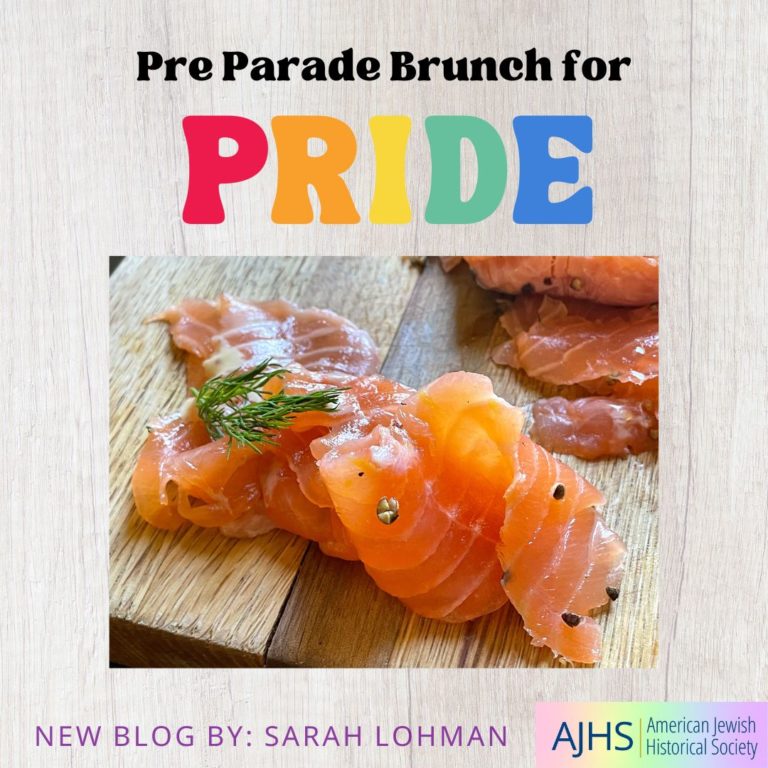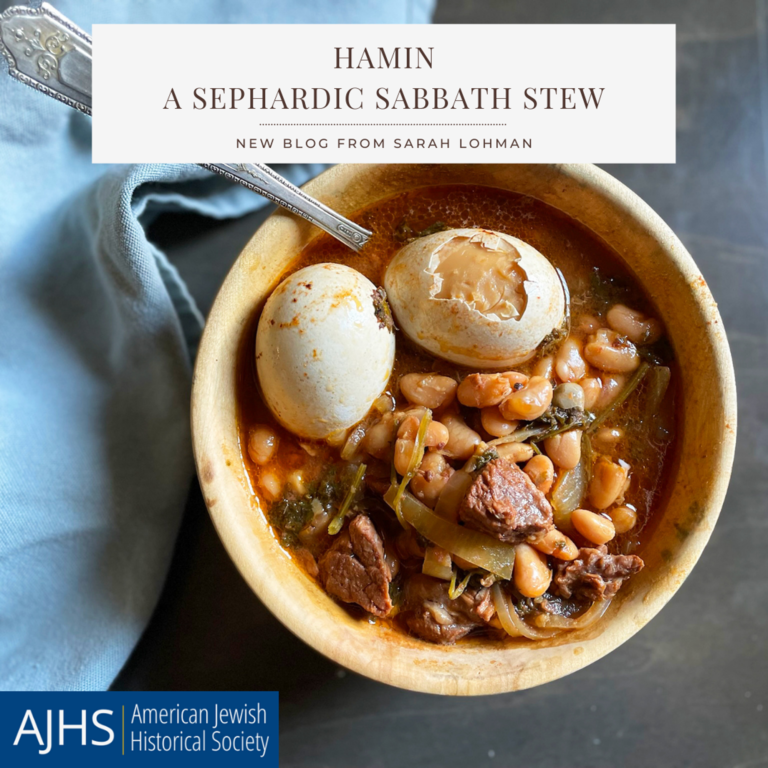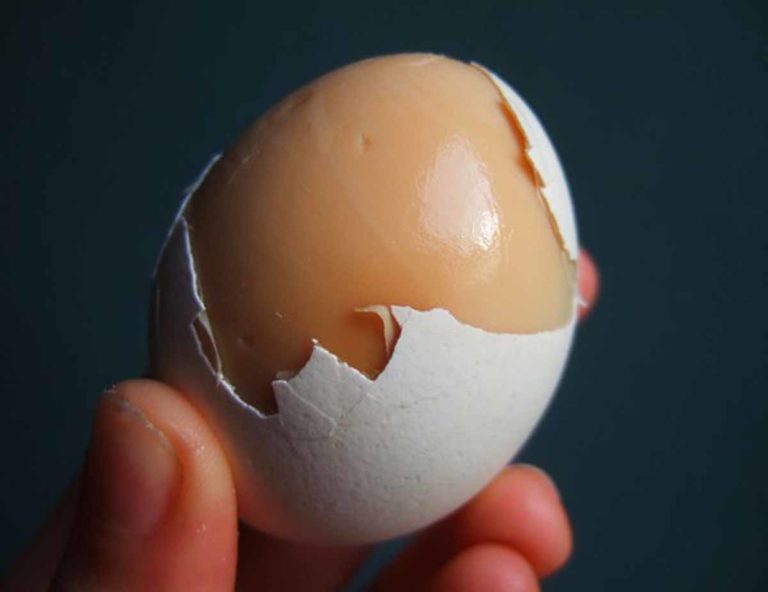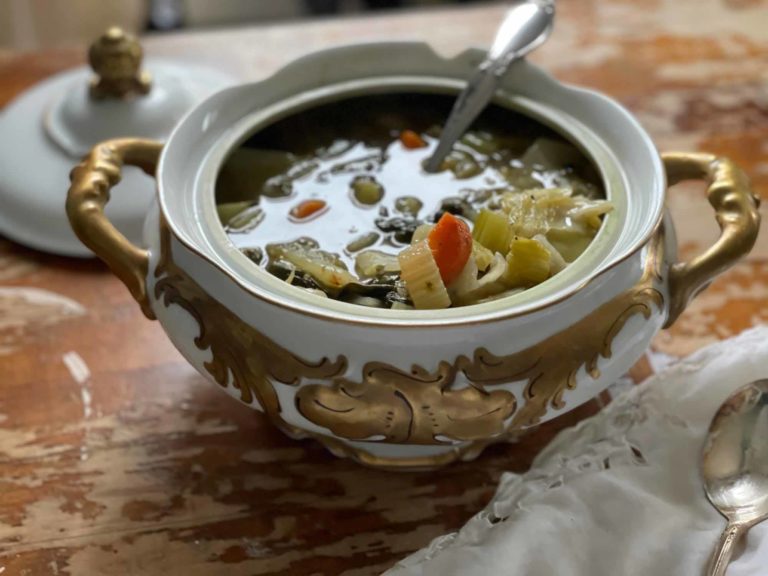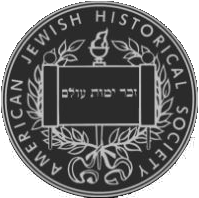Over 119 years and 40 editions, the recipes from The Settlement Cookbook have been continuously edited and adapted to keep up with changing technology and availability of ingredients—a process attested to by the notes in the margins, and the imprints of long-ago fingerprints lingering on page corners.
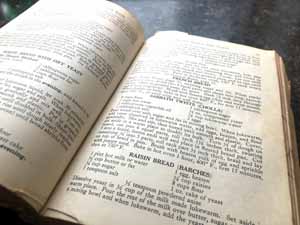
The Settlement Cookbook was published in 1901 as a textbook for new Eastern European Jewish immigrants in Milwaukee, WI. Written by an earlier, Americanized generation of German-Jewish immigrants, the book contains recipes for classic Jewish dishes like Goose Griebens (fried goose skin), and all manner of matzo desserts, noodles, and dumplings. It also contains–often non-kosher–recipes for dishes like Chicken Chop Suey and Lobster in Shells, alongside such common Midwestern recipes as Hungarian Goulash (beef and veal cooked with tomatoes and onions), and pierogis.
After coming across a late-1930s edition of this cookbook in AJHS’ historic cookbook collection, I realized with a jolt that was the very same book my grandmother had passed down to me–my Grandma Mary received this it as a gift at her bridal shower in March 1947. Many a family favorite came out of this cookbook.
Because my Grandma Mary was, in fact, Catholic, I often wonder what she thought of the Jewish recipes for kasha and kipfel. Even though she wasn’t Jewish, because The Settlement Cookbook was a comprehensive compendium of Midwestern cooking from many households and ethnic backgrounds; it transcended its Jewish settlement house roots and currently exists in 40 editions, with over 2 million copies sold. You probably have your own family copy somewhere in your home.
My grandmother labeled the best recipes with a simple penciled in notation: “Good.” While flipping through in search of the “Goods,” I happened upon an intriguing recipe she probably passed over: “Sabbath Twists (Cholla).”
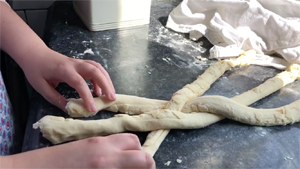
This is a recipe for the traditional Shabbat braided bread. Inspired by the peak covid-19 onslaught of Instagram bread photos, I decided to give this recipe a try. It turned out to be a basic white bread, which came out perfectly on my first try. I did have to consult a 1965 edition of the Cookbook from the AJHS collections, as my 1947 copy left out some important instructions, such as the need for a second rise.
The braiding required to make this challah is simple, but looks gorgeous complex. And, as I didn’t have poppy seeds on hand, a sprinkle of flax seeds made for an acceptable replacement.
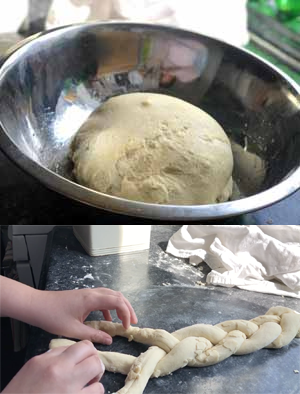
SABBATH TWISTS (CHOLLA)
Adapted from The Settlement Cookbook, 1947 and 1965 editions
Makes one loaf.
Ingredients:
- ¼ oz. compressed yeast OR 1 teaspoon active dry yeast OR ½ cup sourdough mother (if using sourdough mother, reduce flour by ¼ cup)
- 1/8 cup lukewarm water
- 1 cup hot water
- 1 tbsp vegetable oil
- 1½ tsp salt
- 1½ tsp sugar
- 1 large egg, plus one egg yolk
- 4 cups flour
- Poppy, sesame, or flax seeds
Directions
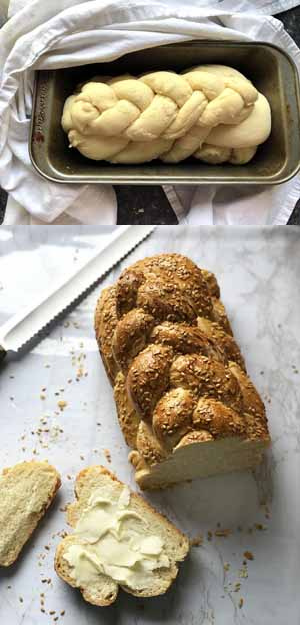
- In a small bowl, sprinkle yeast over lukewarm water.
- Pour the 1 cup hot water over the salt, sugar, and oil in a mixing bowl. Wait about 15 minutes until lukewarm, then add yeast mixture.
- Add egg and egg yolk, then flour. Gently mix with your hands, and turn out onto a lightly floured surface. While the dough rests, wash the mixing bowl and grease with a dab of vegetable oil.
- Knead dough until smooth and elastic, about eight minutes, dusting more flour on the work surface as needed to stop the dough from sticking.
- Place dough in greased bowl. Cover with a kitchen towel and leave in a warm place until the dough has doubled in bulk, about two hours.
- Lightly grease and flour a 9×5 loaf pan.
- Turn dough out onto a lightly-floured surface. Cut into four equal parts, roll each into a rope 1½ inches thick. Plait three into a braid; fasten ends well by firmly pressing dough together and tucking it under the loaf and place into loaf pan. Cut the remaining rope into three equal pieces, roll each piece ½ inch thick, braid and lay on top of bread in pan. Allow to rise until doubled in bulk, about one hour.
- Preheat the oven to 400 degrees. Brush top of loaf with egg yolk and sprinkle with seeds.
- Bake for 15 minutes, then reduce heat to 350 and bake 40 minutes more, until the crust is golden.
- Enjoy!

